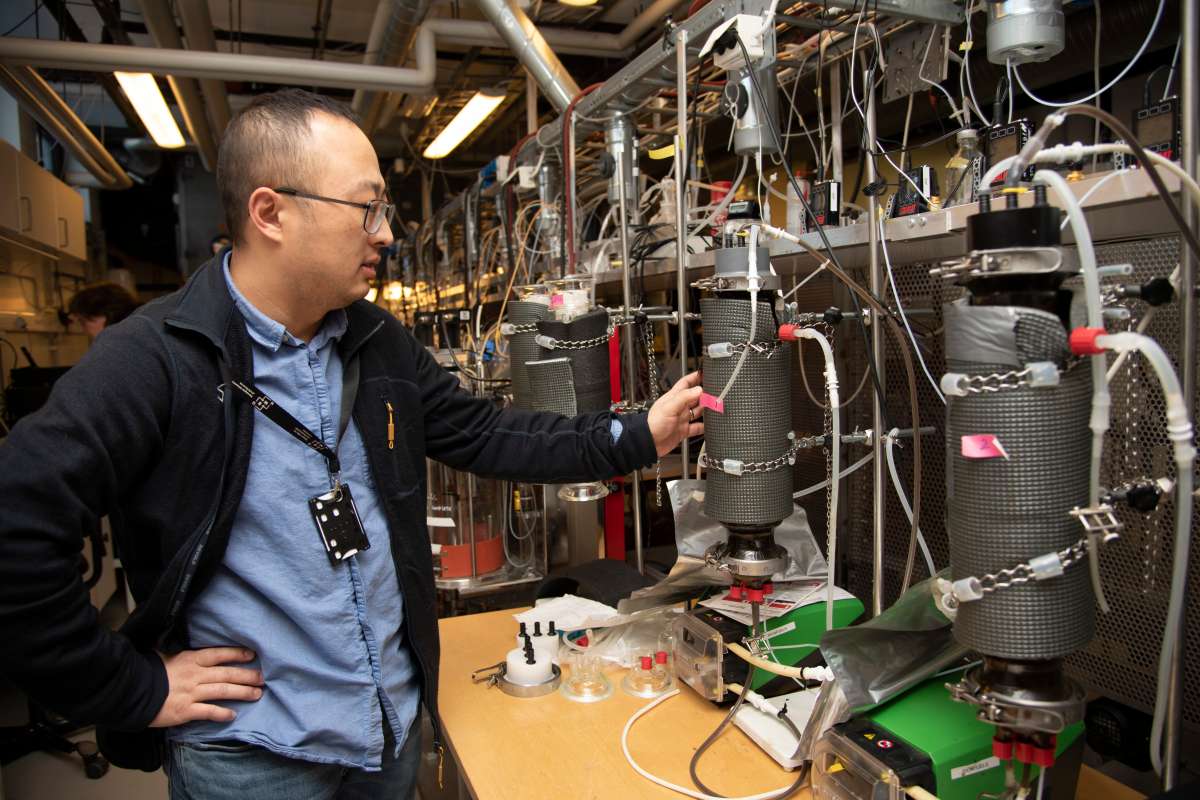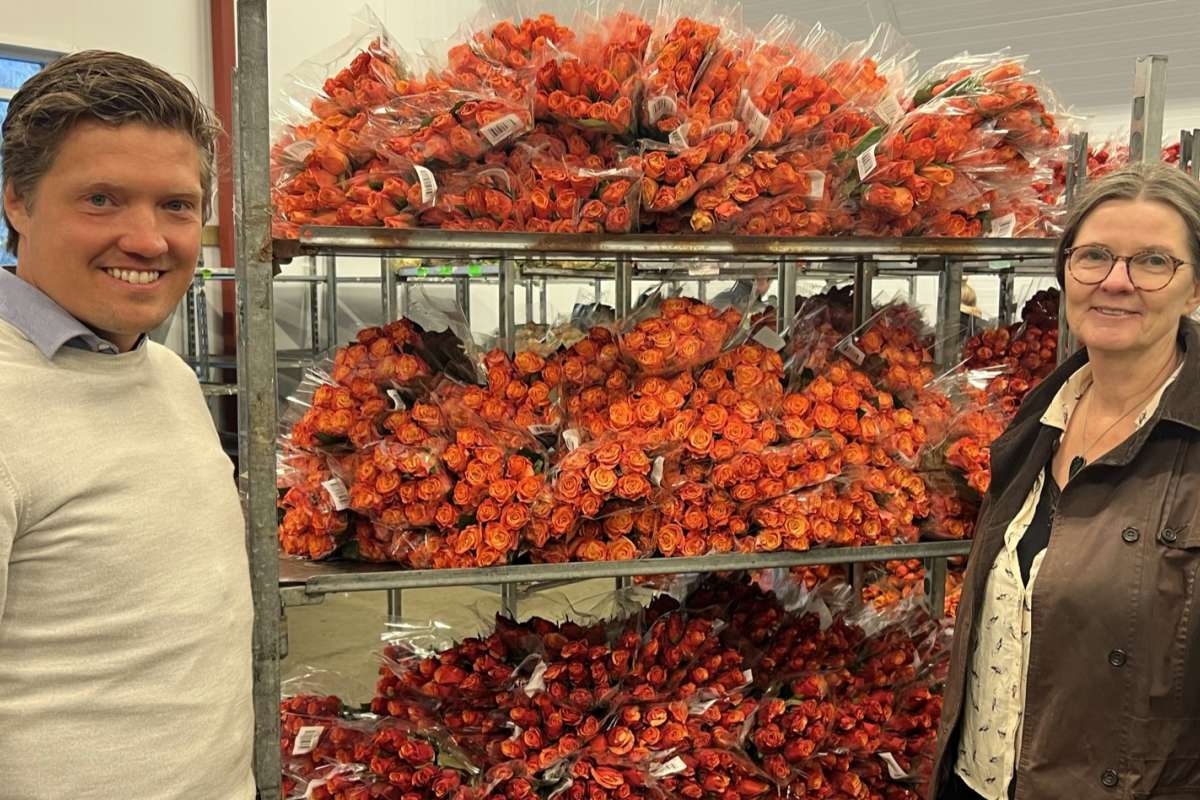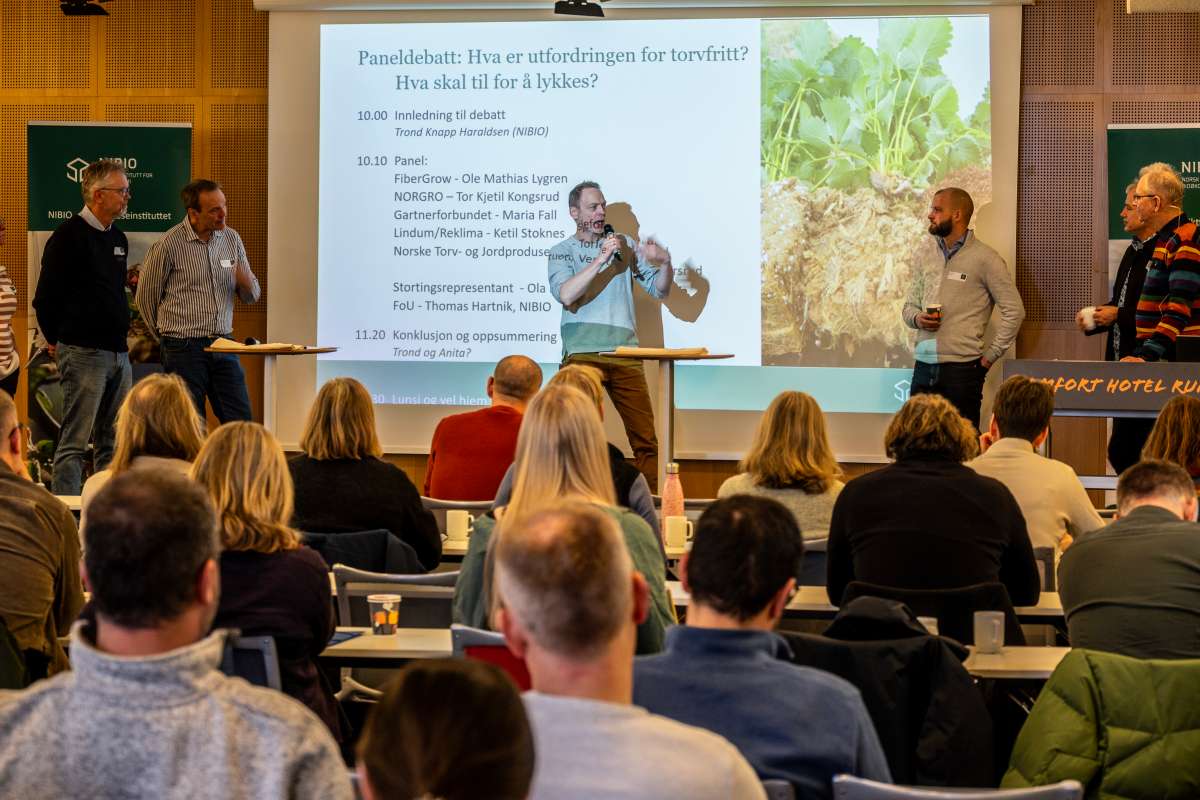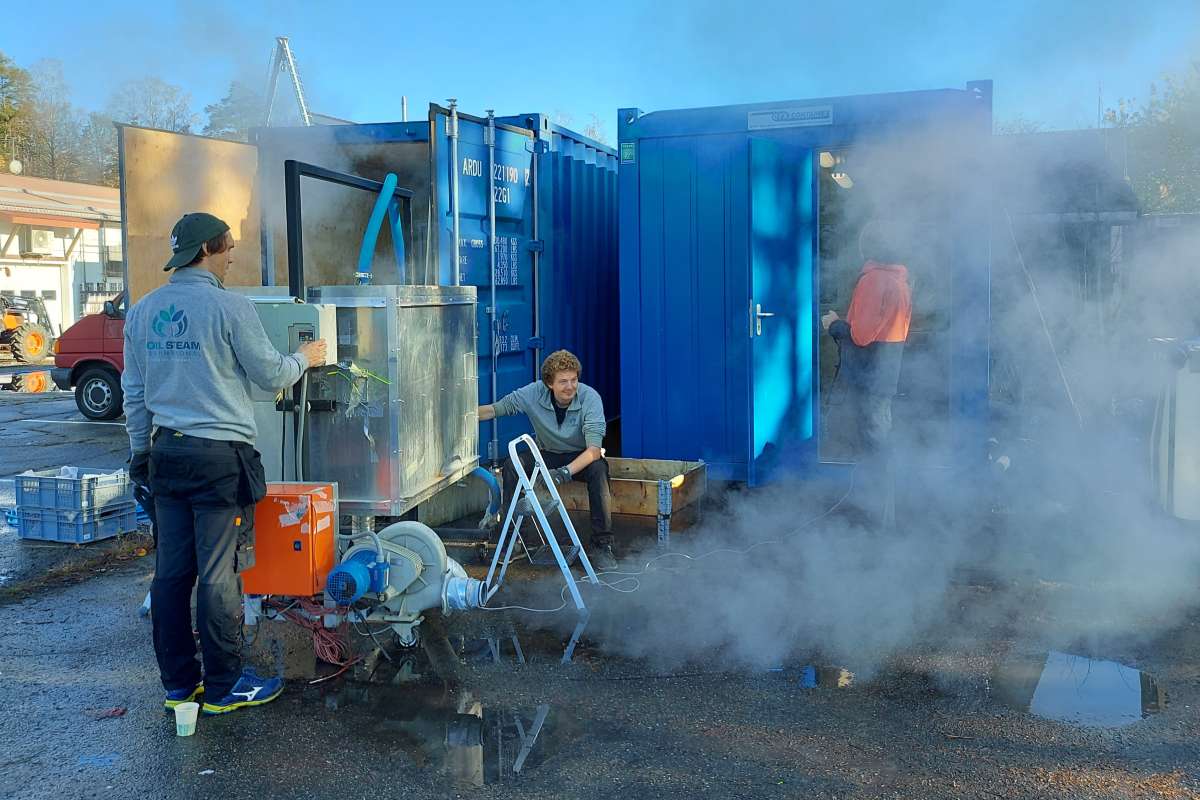Giving plant waste new life as a safe and sustainable resource
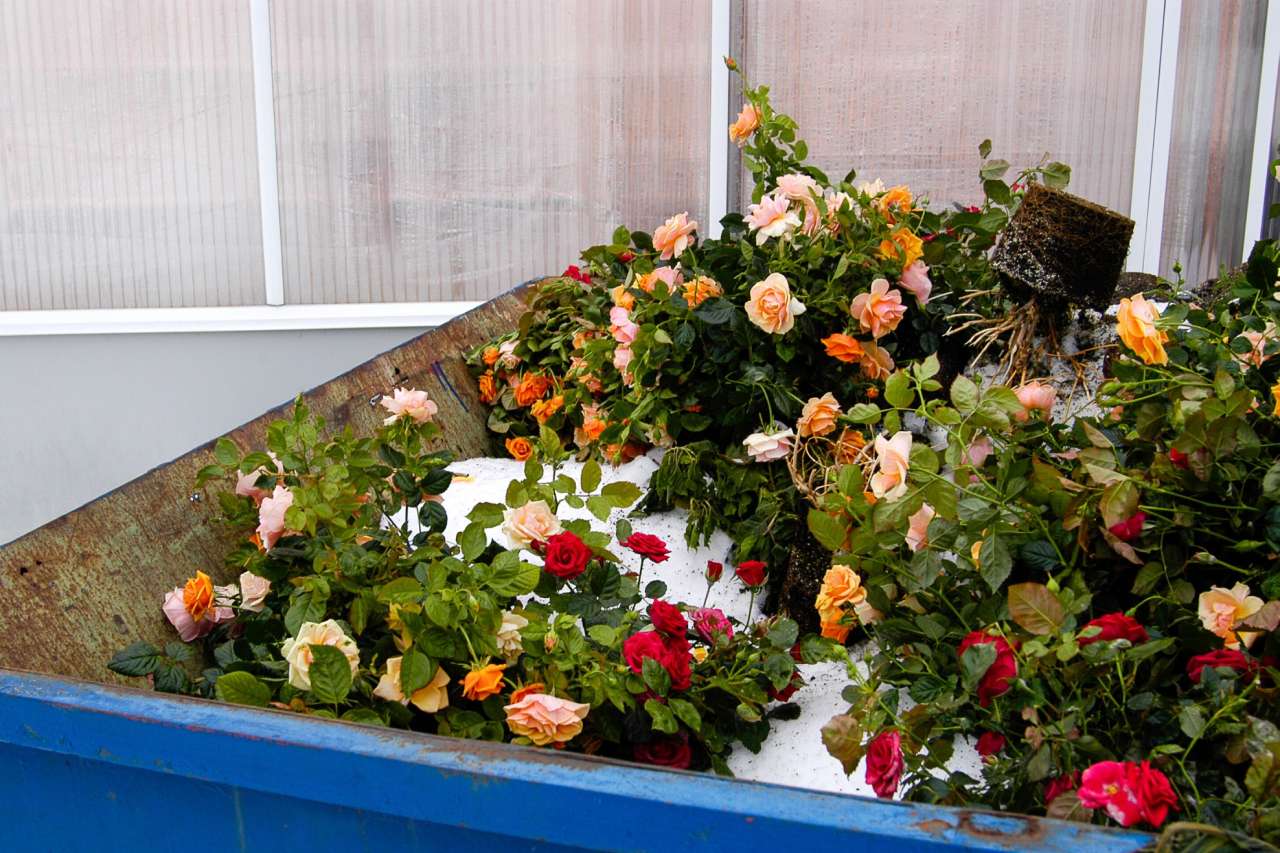
Researchers and stakeholders from the flower industry will investigate whether there are good ways to handle flower waste. The aim is to make use of plant residues as a resource without posing a risk to the environment. Photo: Erling Fløistad
In collaboration with several industry partners, NIBIO is exploring how waste from flowers and plants can become a safe resource rather than an environmental problem. The aim is to reduce – and ideally eliminate – environmentally harmful pesticides in the flower industry.
Gardeners, florists and – not least – we as consumers contribute to large amounts of waste in the form of cuttings and wilted flowers and plants. This plant waste often contains residues of various pesticides used to keep plants healthy.
Consumers typically sort this waste as residual waste, while parts of the industry send some of it to different waste management operators.
Now, researchers and the flower industry want to investigate whether there are better solutions. The goal is to make use of plant residues as a resource without posing a risk to the environment.
“We are screening pesticides in selected flowers and plants from Norwegian/Scandinavian, European and African producers,” explains project coordinator Dr Trine Eggen from NIBIO.
“We examine how effectively different pesticides degrade, and how this varies depending on how the plant waste is treated. Under anaerobic conditions, such as in biogas production, pesticides may undergo transformation that does not happen as quickly or to the same extent during composting.”
NIBIO has previously studied how pesticides in flower and plant waste degrade during composting.
“Going forward, we will compare methods to find out what makes compost from plant waste least harmful. In other words, we will investigate what kind of treatment is needed to reduce or even eliminate the pesticides in the waste,” says Dr Eggen.

Why monitoring pesticides matters
So far, multiple pesticide residues have been found in flowers and household plants from both domestic and international sources. Some also contain pesticides not approved by the EU.
“Certain pesticides contain substances that can persist in the environment for many years, even after being banned. When such substances appear in samples from plant waste, they often stem from previously legal use – or they have been used illegally,” Dr Eggen explains.
There is a large international black market for pesticides that are no longer permitted, or are counterfeit products.
“This is considered a significant problem by the flower industry. The sale of illegal and counterfeit products can result in plants containing harmful substances that should not be used,” says Dr Eggen.

Giving plant waste a new life
Mester Grønn, one of Norway’s largest flower chains, is a key partner in the project. They have already taken steps to reduce pesticide use in their production.
Now they contribute with knowledge about which substances are found in analyses of flowers and plants, and share project results with their producers in several countries.
“For us, it is important to ensure that waste from the flowers and other plants we sell does not pose a risk to nature,” says Henrik Jagland, Head of Environment at Mester Grønn.
“We also want our plant waste to be handled in a way that gives it a new life as high-quality compost, rather than ending up as residual waste.”

Composting digestate can be a solution
Telemark Technologies is another project partner, providing expertise on small, local biogas plants.
“Such small facilities may offer a solution for treating plant waste containing pesticides that do not easily break down through composting alone,” Dr Eggen explains.
In practice, this means the plant waste is first treated together with other organic waste in a small facility through anaerobic digestion – a biogas process – before the remaining digestate is further composted.
“We are interested to see whether this technology can do more than just produce biofertiliser and methane gas,” says Eggen.
“We hope that treating plant material through anaerobic digestion first, and then composting it, will have a positive effect on some of the more persistent substances.”
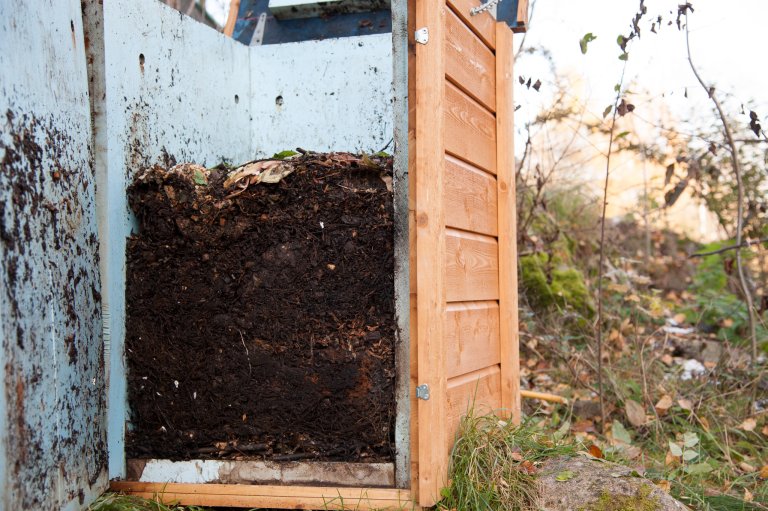
Different methods are being tested
The project will examine various methods for handling plant waste. The aim is to understand what happens to the pesticides in the waste during different treatment processes.
The methods that will be studied include standard landfill storage - a type of cold composting, biogas production, hot composting and combinations of these. Through trials and sampling, researchers and industry partners will evaluate what works best to make this waste resource safe to use.
“We are excited to see the results. If we succeed in turning plant waste into safe, nutrient-rich compost, it will be an important step towards a more circular economy in the green sector. That means less residual waste, better resource utilisation and reduced risk of environmentally harmful substances,” says Dr Eggen.
Contacts
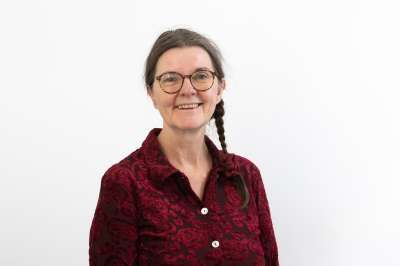
Project Facts
Project name: Sustainable treatment and utilisation of waste materials from flower, plant and greenhouse production
Project coordinator: Trine Eggen, NIBIO
Partners:
• NIBIO
• Norsk Landbruksrådgiving (Liv Knudtzon)
• Mester Grønn (Henrik Jagland)
• Telemark Technologies (Torgeir Straand)
Supported by: Action Plan for Sustainable Use of Pesticides (Norwegian Agriculture Agency), with funding from Mester Grønn and Telemark Technology.
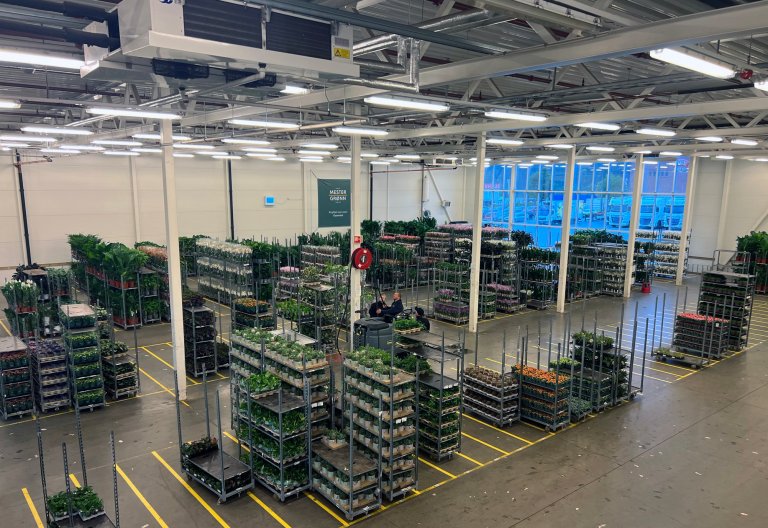
Contacts


